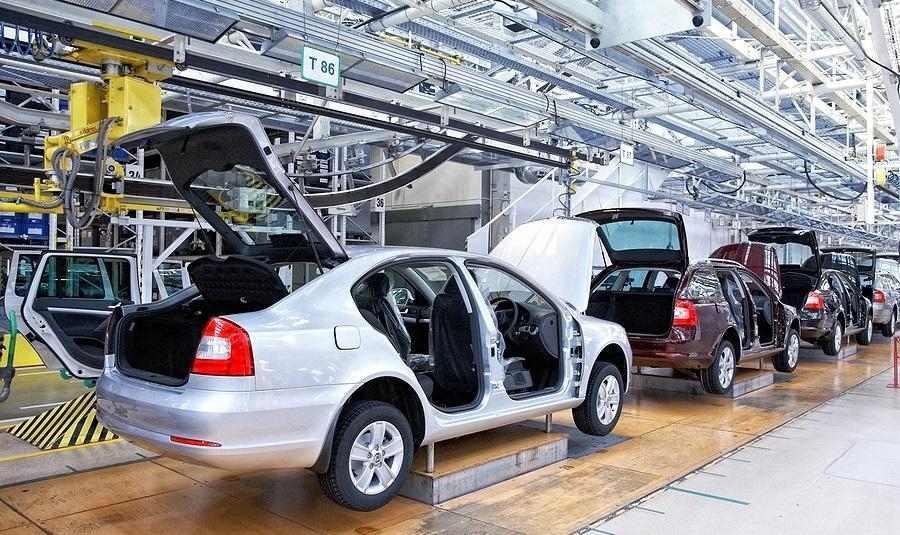Economy

EPA to Ease Vehicle Emissions Standards
Written by Tim Triplett
April 8, 2018
The U.S. Environmental Protection Agency announced April 2 that it plans to lower the standards for vehicle tailpipe emissions, making it easier for automakers to achieve federal environmental targets.
Based on information from the recently completed midterm evaluation of standards for cars and light trucks in model years 2022-25, EPA Administrator Scott Pruitt said the Obama administration set goals for increasing fuel efficiency and reducing greenhouse gas emissions “that don’t comport with reality and are too high.”
Automakers have been struggling to meet the Obama-era regulations that call for a fleetwide average of more than 50 miles per gallon, based on the current vehicle sales mix. Without drawing on credits they have earned in previous years, some car companies would already be out of compliance and potentially subject to fines of thousands of dollars per vehicle.
“The EPA will set a national standard for greenhouse gas emissions that allows auto manufacturers to make cars that people both want and can afford — while still expanding environmental and safety benefits of newer cars,” Pruitt said. The EPA offered no other detail on how much the standards would be relaxed or when the new rules would be finalized.
The American Iron and Steel Institute was pleased by the EPA announcement. AISI’s steelmaker members have been working diligently to provide the auto industry with advanced high-strength steels to help make vehicles lighter and more fuel efficient. “This is a positive development for the steel industry and our partners in the auto sector,” said AISI President and CEO Thomas Gibson. “We applaud today’s decision to pause and look at ways the light duty vehicle program can be addressed to allow assessment of other factors affecting the environment and economy. Sole focus on tailpipe emissions has the potential to produce unintended consequences – both increased cost and negative effects on the environment. We would urge consideration of the full life cycle environmental impact of vehicles, from production through end of life, during this reconsideration process.”
AISI maintains that steel offers the best value for the consumer and the environment when factoring in steel’s recyclability and the environmental impact of producing alternative materials such as aluminum and carbon fiber.
Opponents of the EPA’s move argue that a rollback of the air quality standards is a serious step back for the environment and public health. The less fuel efficient the next generation of vehicles, the more Americans will pay at the pump, they note.

Tim Triplett
Read more from Tim TriplettLatest in Economy

Steel groups welcome passage of budget bill
Steel trade groups praised the passage of the Big Beautiful Bill (BBB) in Congress on Thursday.

Industry groups praise Senate for passing tax and budget bill
The Steel Manufacturers Association and the American Iron and Steel Institute applauded the tax provisions included in the Senate's tax and budget reconciliation bill.

Chicago PMI dips 0.1 points in June
The Chicago Purchasing Managers Index (PMI) slipped 0.1 points to 40.4 points, in June.

Multi-family pullback drives housing starts to 5-year low in May
US housing starts tumbled in May to a five-year low, according to figures recently released by the US Census Bureau.

Architecture firms still struggling, ABI data shows
Architecture firms reported a modest improvement in billings through May, yet business conditions remained soft, according to the latest Architecture Billings Index (ABI) release from the American Institute of Architects (AIA) and Deltek.
